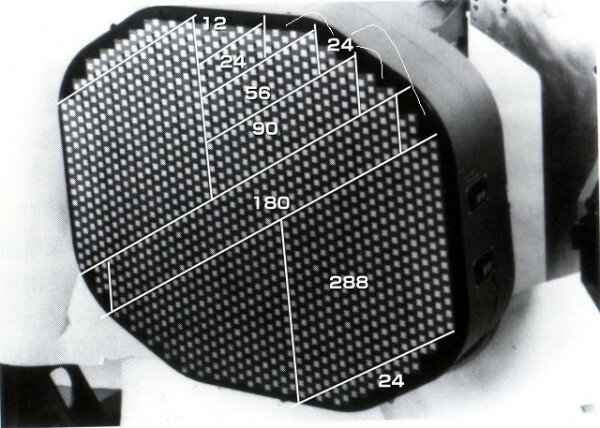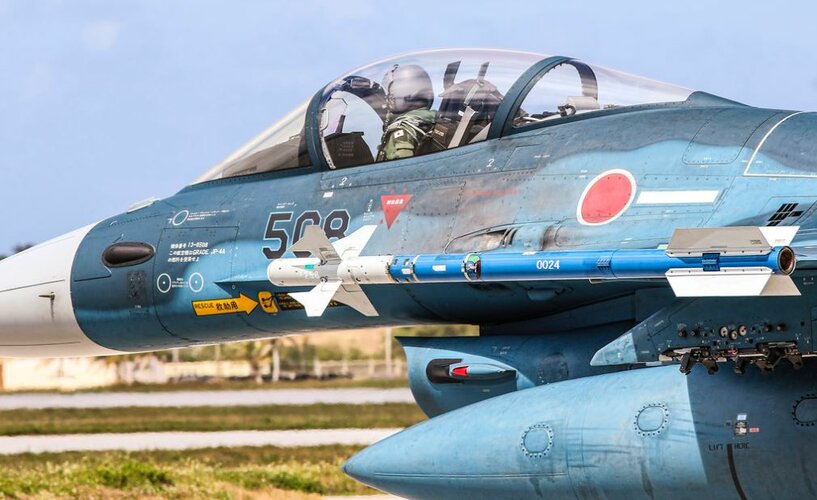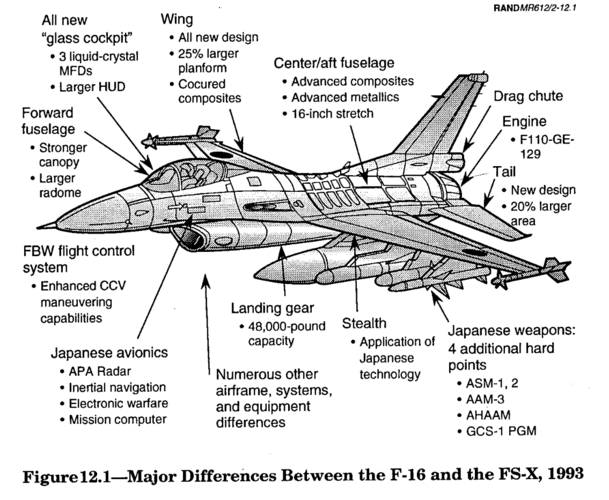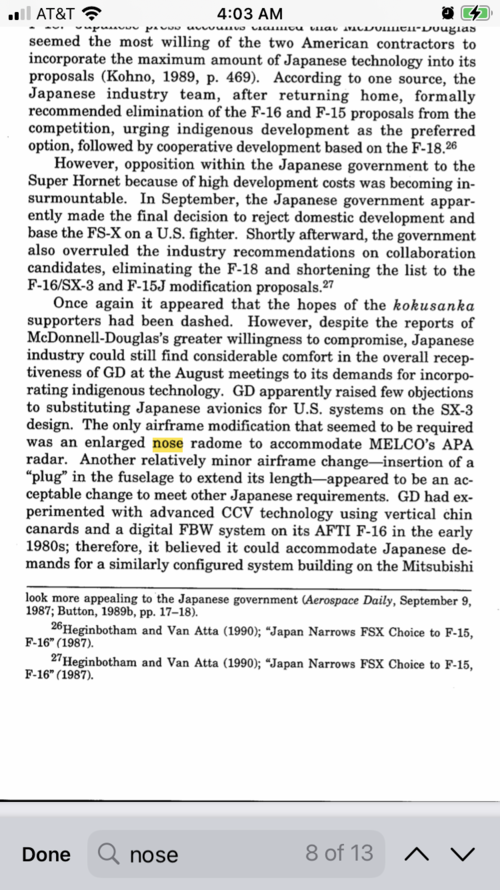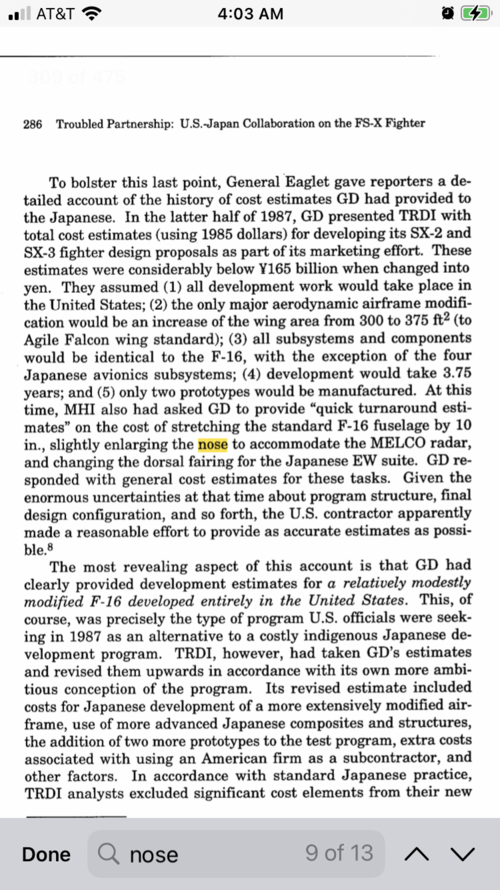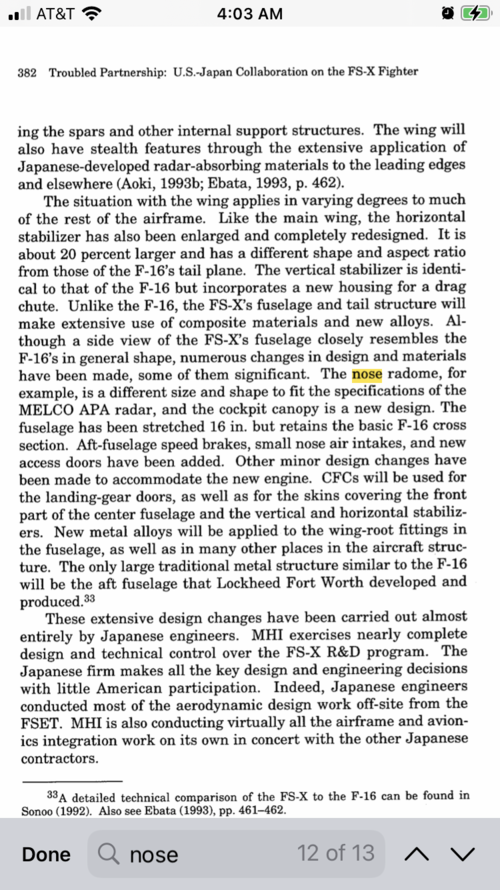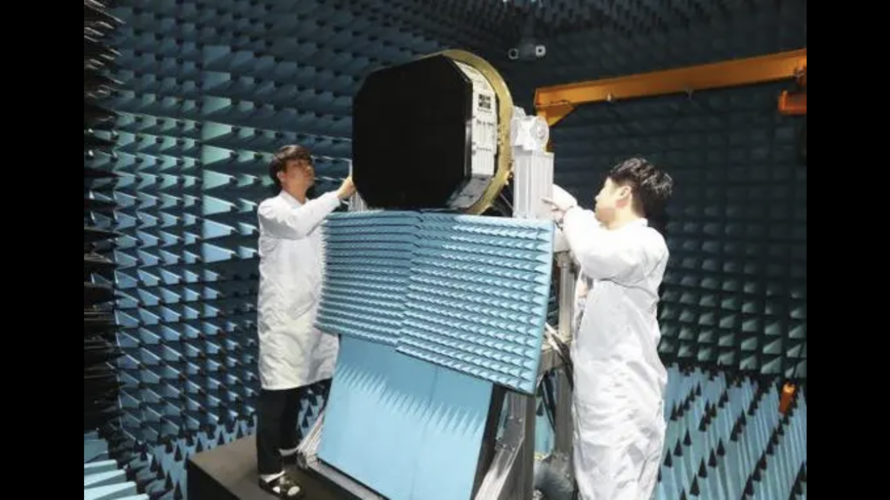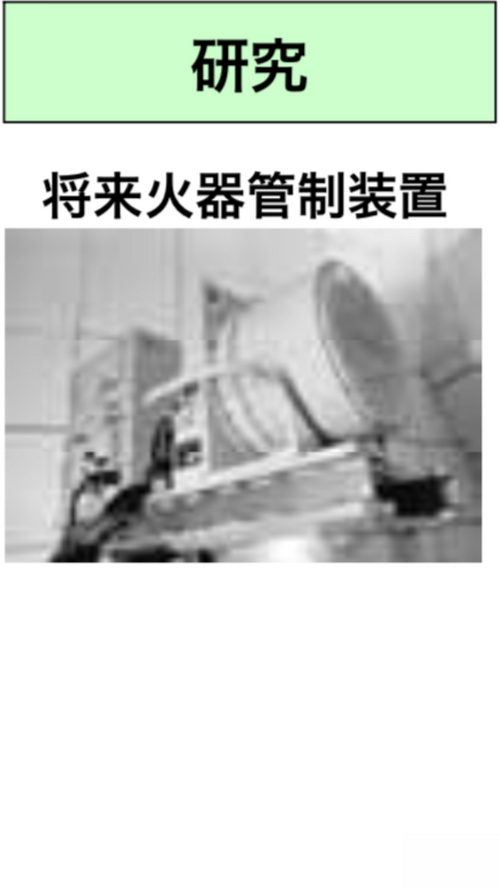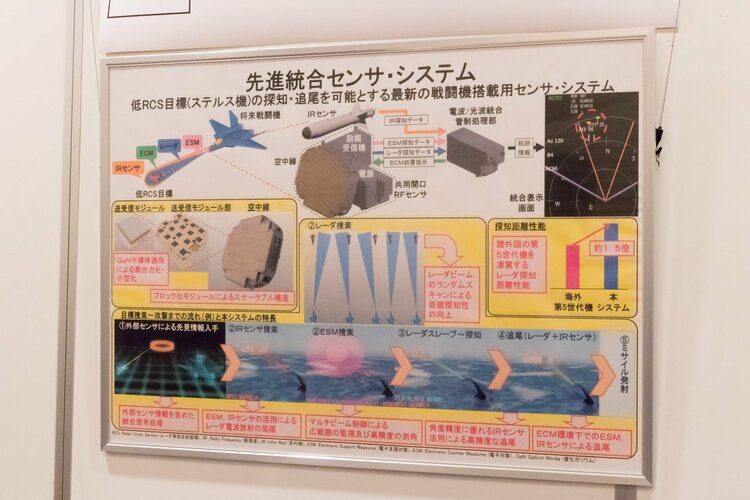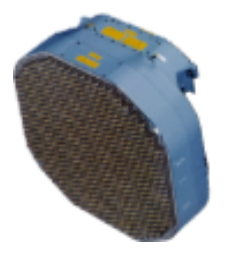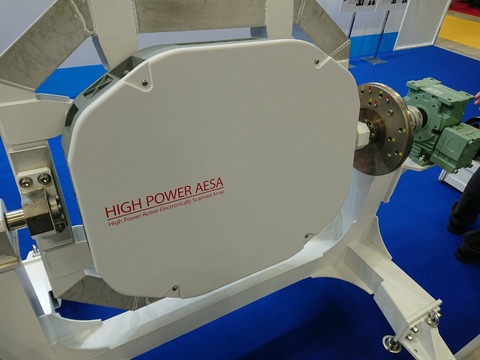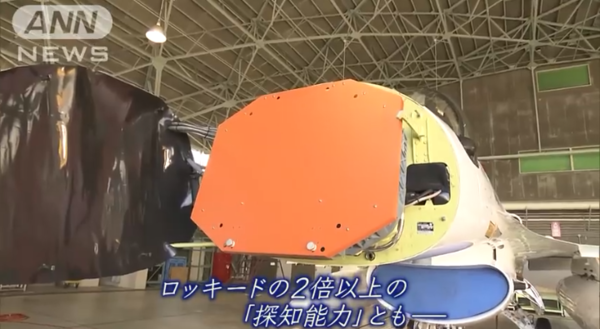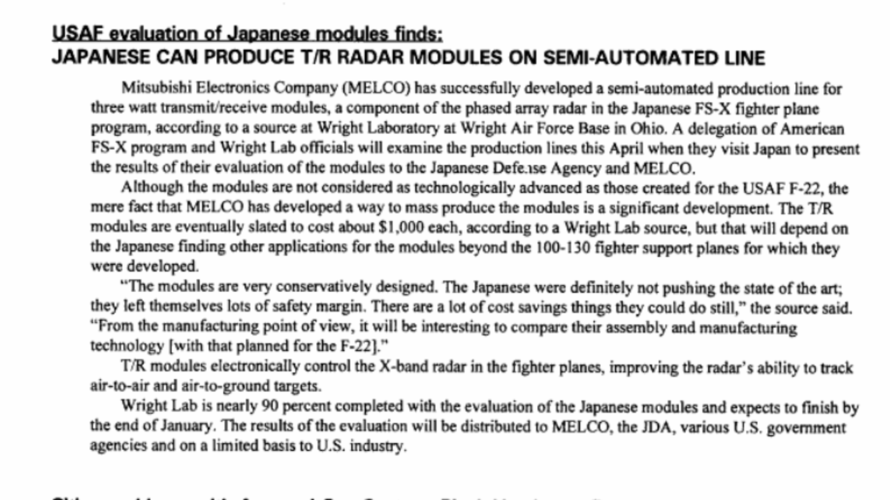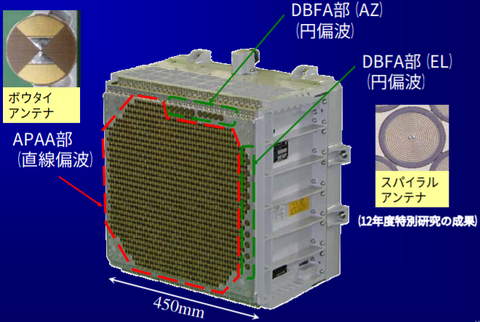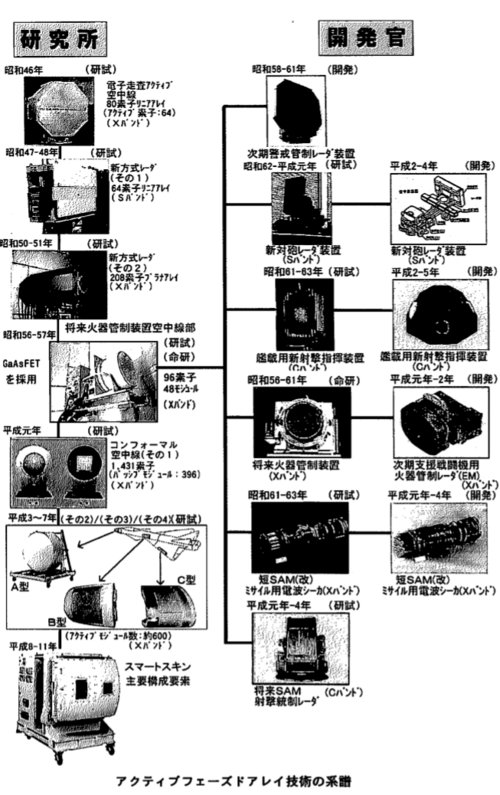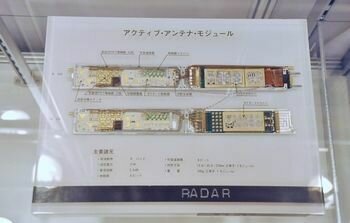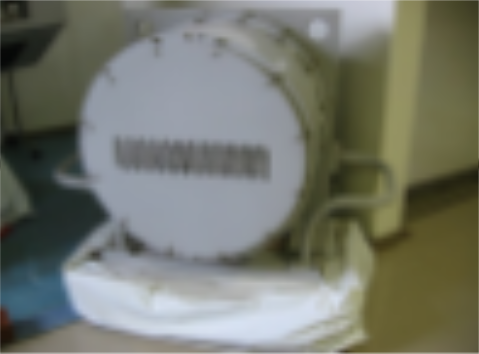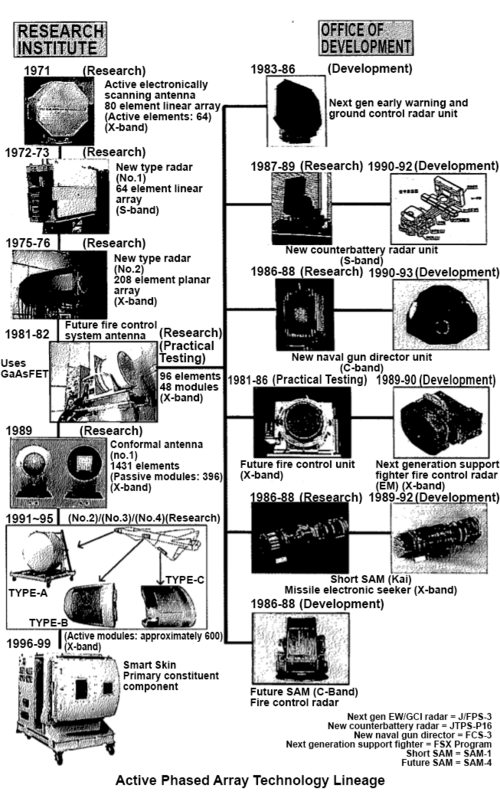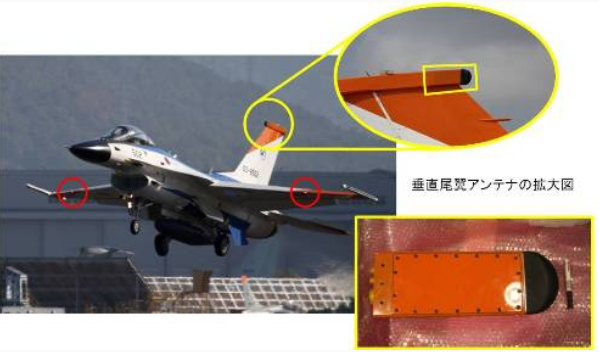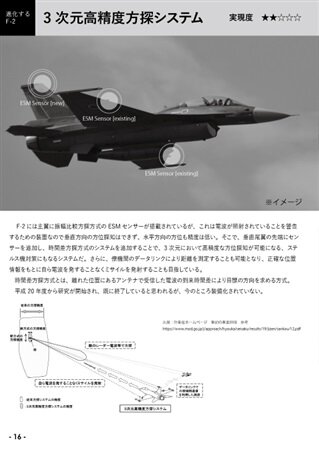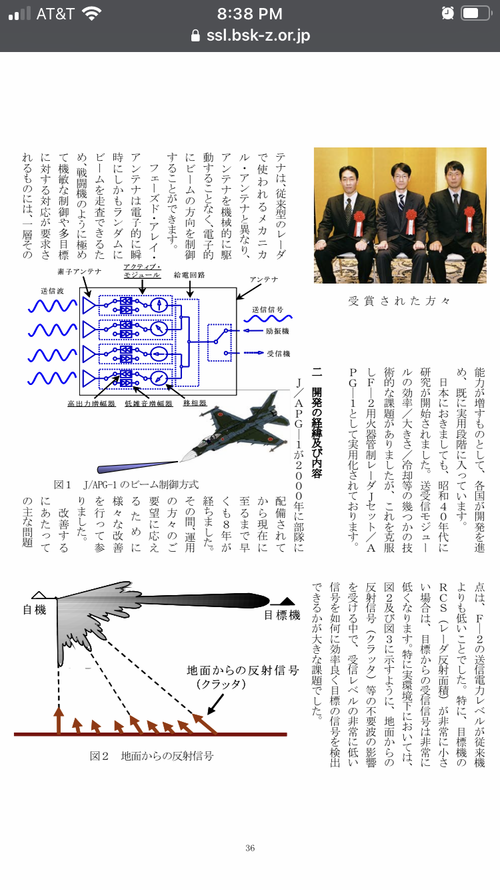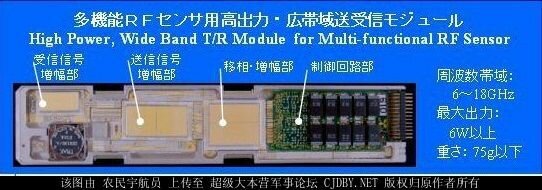The one thing am curious about this radar is, could it have been made small enough to fit in a regular f-16 or was the increased size of the f-2 nessary inorder to fit it.
And how much would that have effected its range because as is, iv seen the J/APG 1's range as described as in between the apg-66 and the apg-68 which frankly could mean its range only dealt with its increased size and not that it was asea.
And how much would that have effected its range because as is, iv seen the J/APG 1's range as described as in between the apg-66 and the apg-68 which frankly could mean its range only dealt with its increased size and not that it was asea.

